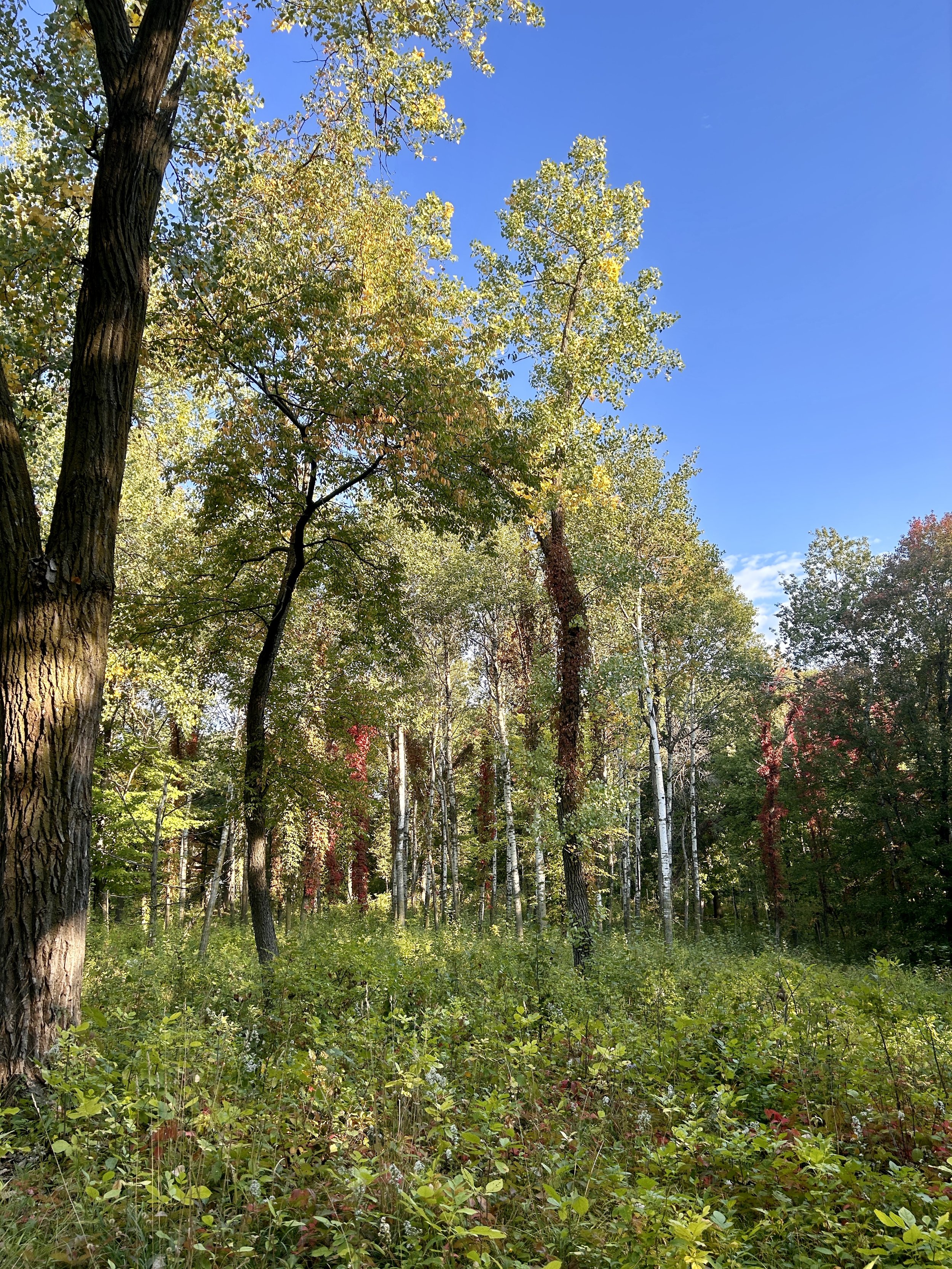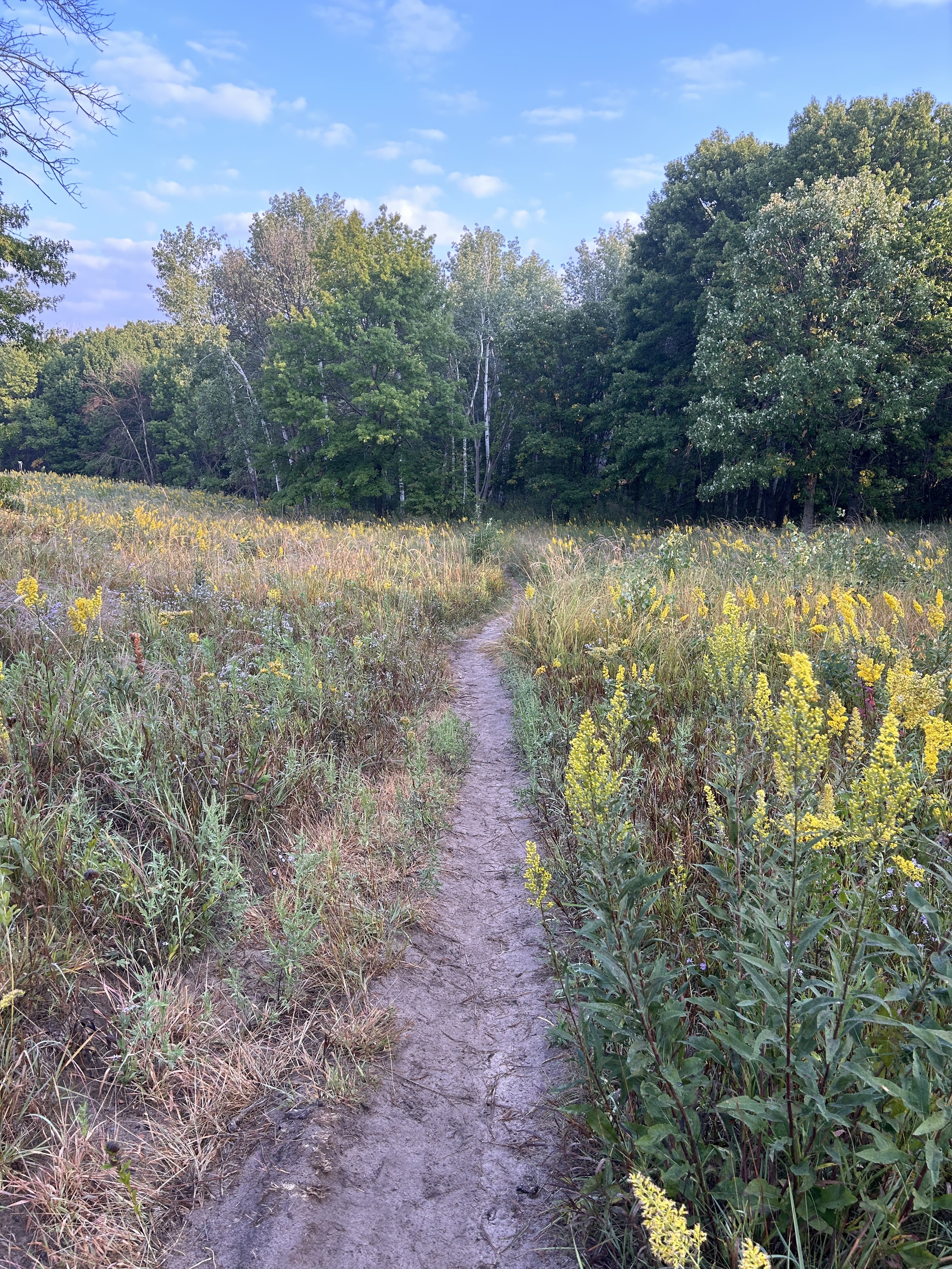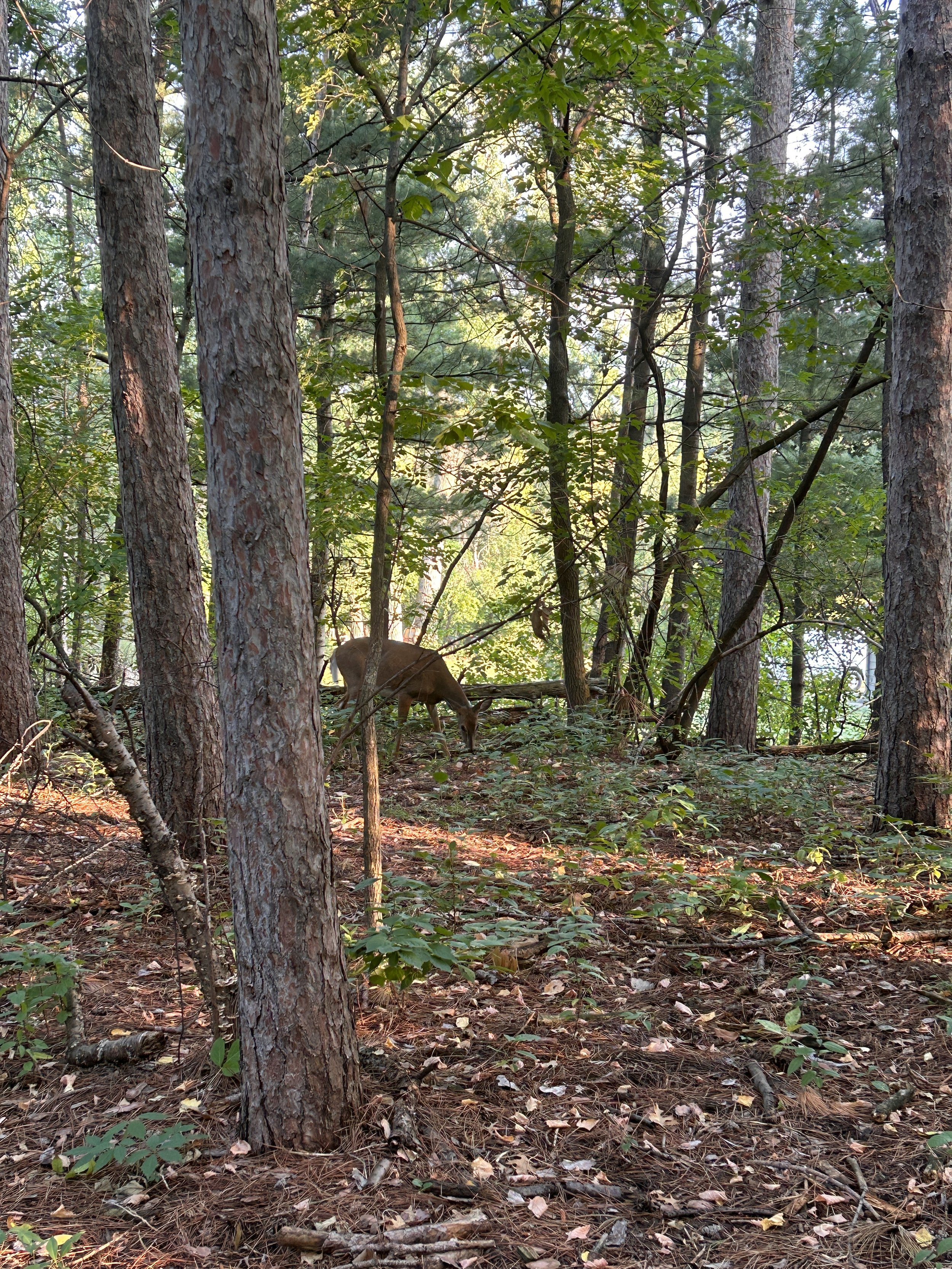Enjoy the Journey
I was recently having coffee with a good friend. She, like me, is a yoga and fitness instructor. The two of us love to run and workout. Our conversation eventually meandered to the idea that we, as instructors, often try to support our clients and students with advice and yet we don’t always take our own advice.
Case and point: Enjoy the journey.
I know I’ve encouraged countless yoga students to enjoy the journey. It’s not necessarily about mastering a certain pose. It’s not about being the best at meditation. It’s about appreciating the process and continuing to show up.
This isn’t just a canned expression I share in my classes. I actually believe it’s an important aspect of the yoga practice. But try giving that advice to a distance runner.
I recently ran my fourth half marathon race in Duluth, MN. During my training I was determined to stay injury free. I did. I wanted to be incredibly disciplined with my training plan. I was. And after all that preparation there was something I could not control: The conditions.
The morning of the race the humidity was high and the temperatures were a solid 5-10 degrees warmer than I would have liked. When I arrived at the start line I told myself I needed to lean into all of my preparation and go for my goal time. Fast forward about 90 minutes and I was in my last few miles of the race. The humidity had gotten to me and my mind went to some very unpleasant places. I was in the pain cave and have no memory of the last two miles of the race.
I crossed the finish line and, after pushing myself very hard, I was relieved to learn that I had made my goal time.
Later in the day I met up with some other folks I was staying with for race weekend. We were all sharing our race experiences. Pretty much all of us complained about the conditions. However, one person in our group, someone who had not even trained for the race, shared how she had the best time during her run! She gave all the kids along the race course high fives and slowed down to a walk to enjoy all the drinks and snacks provided along the way.
Instantly I was jealous. Sure, I made my goal time. But the majority of my race was not fun. I wanted to have fun!
Running in Duluth during Grandma’s Marathon weekend is a special experience. Just about everyone in the area comes out to cheer on the runners. As you get near the finish line, crowds line Superior Street and give you the boost you need to finish strong. I have zero memory of anything that happened on Superior Street. My mind was so focused that I could not even look around at the folks cheering.
Upon reflection of my own race and the experience of others, I decided it was time for me to do some fun runs. I’m not saying I’m done racing. But I think I’m ready to set the goal of just enjoying the journey of a half marathon. No goal times. No need to push my mind and body to challenging places. No the faster I go, the faster I’ll be done mentality. Just 13.1 miles of giving high fives, petting dogs, and appreciating the crowds who show up and cheer.
And, because I know myself pretty well, I’m sure setting aside a goal time will actually be harder than it sounds. I’m an incredibly goal oriented person. I like to know that I’m working towards something specific and will make a plan to reach that goal. We’ll see if just have fun will be a satisfactory goal for me.
I am certain some of you reading this are similar. You like to complete tasks, check off the boxes, and marvel in the end result. Along the way you fail to sit back and appreciate the progress and journey of all you’ve worked towards.
For me, this tendency doesn’t just creep up in race training. Just the other day I was picking cherries in my yard and found myself frantically picking as many as I could so that I could just be done with the task. Eventually I took a deep breath, stood back, and realized I was outside on a gorgeous day picking beautiful cherries from my very own yard. Why would I want to rush through such a lovely process? I slowed down. I let the clucking of my neighbors’ chickens fill my ears. I mindfully detached hundreds of cherries from the tree and appreciated the deep red of each berry. When I set aside the final destination of filling my bowl with cherries, I found that I appreciated the process of the task so much more.
I continually go back to running because it’s an opportunity for me to zone out and clear my mind. However, it might be time for me to zone in and appreciate every step.



